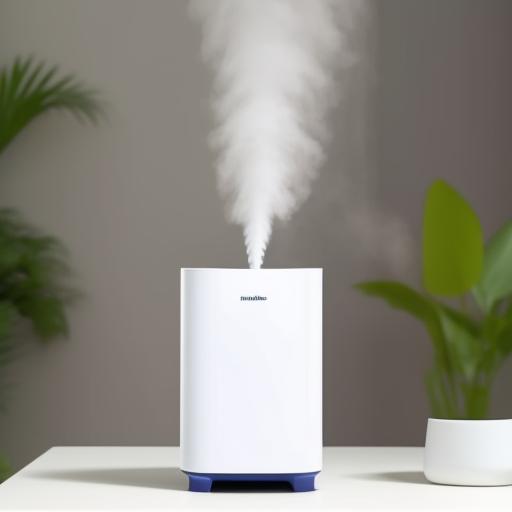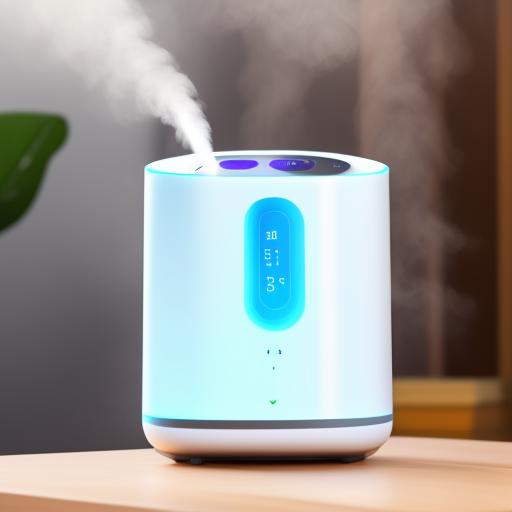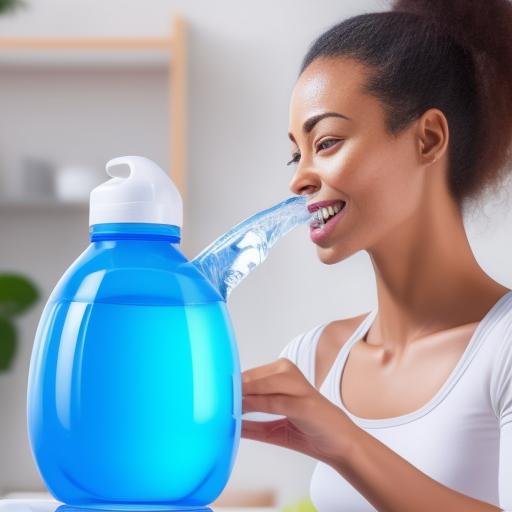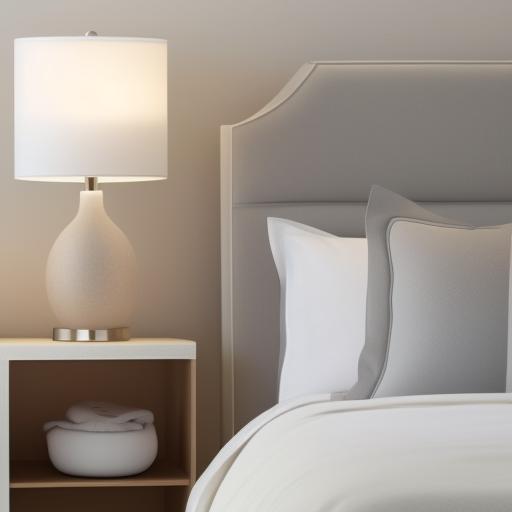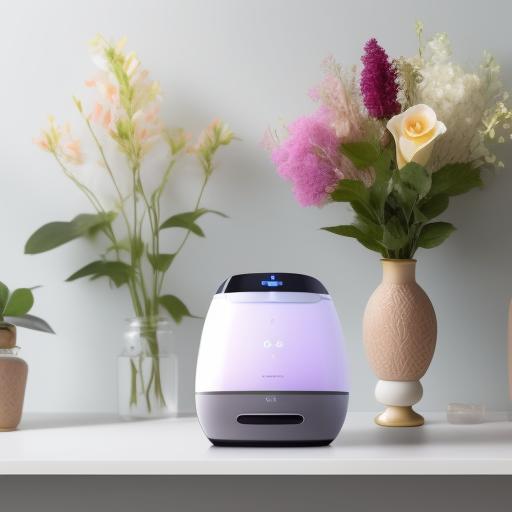Setting the Desired Humidity Level for Smart Humidifiers
Maintaining the right humidity level in our homes is essential for our comfort and overall well-being. With the advancement of technology, smart humidifiers have become an increasingly popular choice for regulating humidity levels in our living spaces. These innovative devices can automatically adjust the moisture in the air, providing a more comfortable environment and potentially preventing various health issues caused by dry or overly humid conditions.
Setting the desired humidity level on a smart humidifier is a straightforward process. Most smart humidifiers come with built-in sensors that allow them to measure the current humidity in the room accurately. The information gathered by these sensors is then used to adjust the humidifier’s operation accordingly.
To set the desired humidity level, users can typically turn to a mobile app or use the interface provided on the humidifier itself. Through these platforms, users can easily select their preferred humidity level, usually displayed as a percentage. For example, if you prefer a humidity level of around 45%, you can set it accordingly.
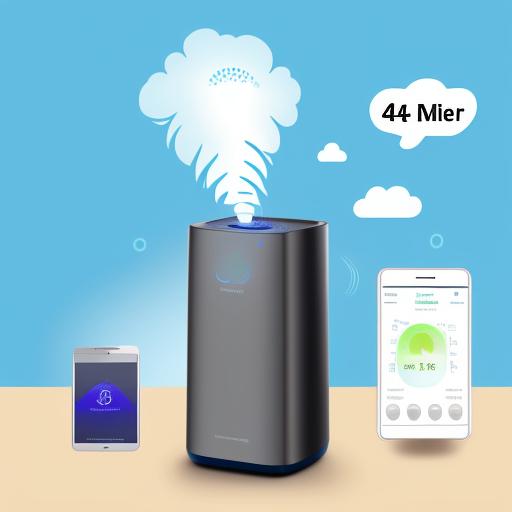
Smart humidifiers often feature additional customizable options to enhance the user experience. These might include setting a schedule for when the humidifier should operate, setting different humidity levels for day and night, or even programming the humidifier to turn on automatically when the humidity drops below a certain level.
Some advanced smart humidifiers are also equipped with machine learning capabilities, allowing them to learn your preferences and adapt their operation over time. For instance, if you consistently set the humidity level lower during the daytime and higher at night, the humidifier will start adjusting itself automatically based on your past selections.
By setting the desired humidity level with a smart humidifier, you can ensure that your home stays within a comfortable and healthy range. It’s important to note that the recommended humidity level for indoor spaces is between 30% and 50%. Within this range, you can avoid problems associated with excessively dry or humid air, such as dry skin, respiratory discomfort, allergies, or mold growth.
